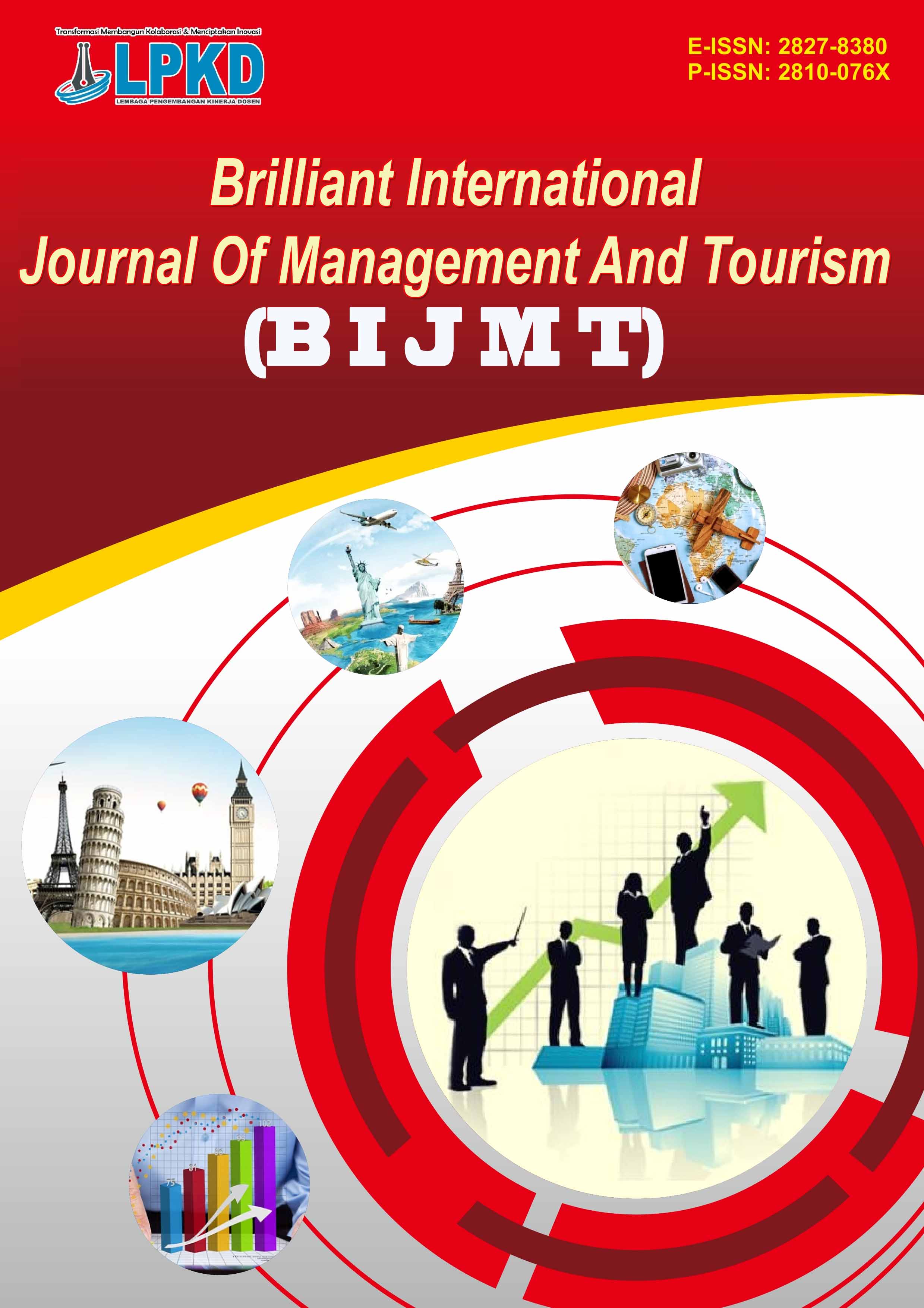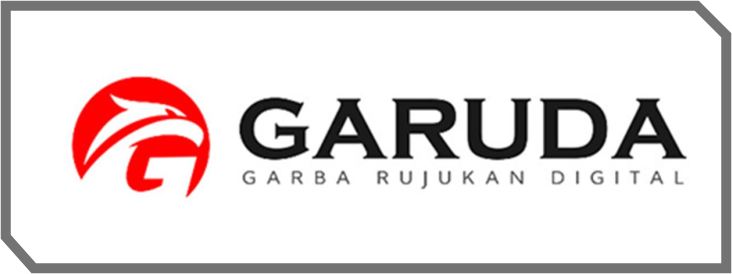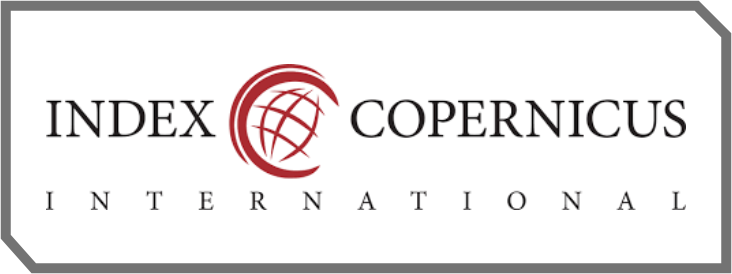Promotion Strategy to Increase Sales Volume at Desi Store in Nagari Pinaga Aua Kuniang, Pasaman District, West Pasaman Regency
DOI:
https://doi.org/10.55606/bijmt.v5i3.5800Keywords:
Sales Volume, Promotion Strategy, SWOT Analysis, Sharia Marketing, Desi StoreAbstract
This study aims to determine how to increase sales volume at Desi Store through promotional strategies. This study aims to formulate promotional strategies as an effort to increase sales volume at Desi Store which requires business actors to be honest, fair and responsible, understand the rules of trading according to sharia, conduct buying and selling based on divinity because Muslim sellers believe that all forms of transactions they make will be held accountable by Allah SWT. Desi Store is located in Nagari Pinaga, Aua Kuniang, Pasaman District, West Pasaman Regency. The type of research used is Qualitative Descriptive and field research , namely data collected directly by the author through structured interviews with the owner and employees of Desi Store. Data analysis used is SWOT analysis, namely analysis of data obtained to identify strengths, weaknesses, opportunities, and threats . The results of the study indicate that the SWOT analysis conducted indicates that Toko Desi's position is in Quadrant I (SO) with the highest score of 3.5, which means Toko Desi has excellent internal strengths and simultaneously faces various significant opportunities from the external environment. In conclusion, the SO strategy from a sharia perspective places Toko Desi in a strong position to grow aggressively while maintaining Islamic values. With consistent and innovative implementation, Toko Desi has the potential not only to increase sales volume but also to obtain blessings (barakah) in its business. The results of the overall analysis indicate that Toko Desi's promotional strategy is incomplete and still relies on traditional promotions. The IFE and EFE analyses prove that although there are many strengths and opportunities, weaknesses in the digital promotion aspect and threats from online competition need to be addressed immediately. Recommended promotional strategies include social media, digital training, event collaborations, and loyalty programs to increase sales sustainably and implement sharia marketing principles.
References
Abdul Mujib. (2018). Sharia marketing management (pp. 7–8). Um Surabaya Publishing.
Amalia Kurniawan, M. Z. A. D. (2018). Introduction to Islamic marketing (pp. 67–68). Darussalam Gontor University Publishing Institute.
Amalia Kurniawan, M. Z. A. D. (2018). Introduction to Islamic marketing (pp. 69–71). Darussalam Gontor University Publishing Institute.
Assauri, S. (2008). Marketing management. PT Raja Grafindo Persada.
Dhika, M. Z. A., & Kurniawan, A. (2018). Introduction to Islamic marketing. Darussalam Gontor University Publishing Institute.
Fahmi, I. (2015). Strategic management (p. 253). CV Alfabeta.
Firmansyah, M. A. (2019). Marketing communications (p. 34). CV Qiara Media Publisher.
Grace, M., et al. (2021). Marketing strategy (p. 49). Pascal Books.
Harjadi, D., & Fatmasari, D. (2015). Introduction to business theory and concepts (p. 2). UNIKU Press.
Hasan, A. (2015). Sharia business management (p. 5). Pustaka Pelajar.
Hasanudin, Rahmawati, E. D., & Suyatno, A. (2023). Promotional strategy to increase sales volume at Redjo AC Store, Sukoharjo. Jurnal Bintang Manajemen (JUBIMA), 1(3), 257–270. https://doi.org/10.55606/jubima.v1i3.1895
Indra, N., Hildayanti, S. K., & Hendro, O. (2020). The effect of promotion mix on sales volume of Jtrust business savings products at Bank Jtrust Indonesia Tbk. IJMPro, 1, 49–58. https://doi.org/10.35908/IJMPro
Interview with the owner of Desi Shop, December 5, 2024, West Pasaman Regency.
Iskandar, A. S., et al. (2022). Marketing strategy: Concepts, theories, and implementation (p. 9). Pascal Books.
Iskandar, A. S., et al. (2022). Marketing strategy: Concepts, theories, and implementation (p. 11). Pascal Books.
Kotler, P., & Armstrong, G. (2008). Principles of marketing (p. 169). Erlangga.
Kotler, P., & Armstrong, G. (2012). Principles of marketing (14th global ed., p. 202). Pearson Education.
Law of the Republic of Indonesia Number 20 of 2008 concerning MSMEs, Chapter III Article 6, p. 5.
Mahasiswa, A. N. U. (2022). Promotional mix strategy in increasing public trust (p. 16). CV Multi Pustaka Utama.
Martono, R. V. (2023). Operations and production management: Industrial concept (p. 174). Gramedia Pustaka Utama.
Rangkuti, F. (2009). Creative promotion strategies (p. 160). Gramedia Pustaka Utama.
Rangkuti, F. (2017). Techniques for dissecting business cases: SWOT analysis (pp. 3–4). Gramedia Pustaka Utama.
Rangkuti, F. (2018). SWOT analysis: Techniques for dissecting business cases (p. 31). PT Gramedia.
Suryatama, E. (2014). Understanding SWOT analysis in business (p. 45). Kata Pena.
Tambunan, T. T. H. (2009). MSMEs in Indonesia (p. 18). Ghalia Indonesia.
Tarmizi, T. (2021). Marketing strategy to increase sales volume. Jurnal Ilmiah Teunuleh, 2(2), 321–328. https://jurnal.stie-aas.ac.id/index.php/IJEBAR
Virtona Martono, R. (2023). Operations and production management: Industrial concept (p. 174). Gramedia Pustaka Utama.
Yulianti, F., et al. (2019). Marketing management (p. 10). Deepublish.
Yusanto, I., & Widjajakusuma, K. (2002). Initiating Islamic business (p. 18). Gema Insani Press.
Yusuf, F. (2023). Promotional strategies to increase sales volume in egg-laying chicken businesses. Business Management, 1(2), 42–52. https://ejournal.mandalanursa.org/index.php/Bisnis/article/view/5056
Downloads
Published
How to Cite
Issue
Section
License
Copyright (c) 2025 Brilliant International Journal Of Management And Tourism

This work is licensed under a Creative Commons Attribution-ShareAlike 4.0 International License.











